Trees and other plants, like all living things, are made up of carbon. But when forests are cleared or burned, much of that carbon ends up in the atmosphere — similar to burning fossil fuels. This carbon changes the planet’s climate and contributes to rising temperatures, stronger storms, more severe droughts and rising sea levels.
Deforestation is a significant contributor of climate change-causing greenhouse gases. Studies indicate that tropical deforestation accounts for up to 15% of net global carbon emissions each year.1 That’s about the same as every car, truck, bus, plane, ship and train on the planet combined.2 That’s because nearly 70,000 acres of tropical forest are lost every day 3. But if you prevent deforestation, all that carbon remains safely stored away in the forests. So by protecting forests, Rainforest Trust prevents deforestation — and by doing so, prevents emissions.
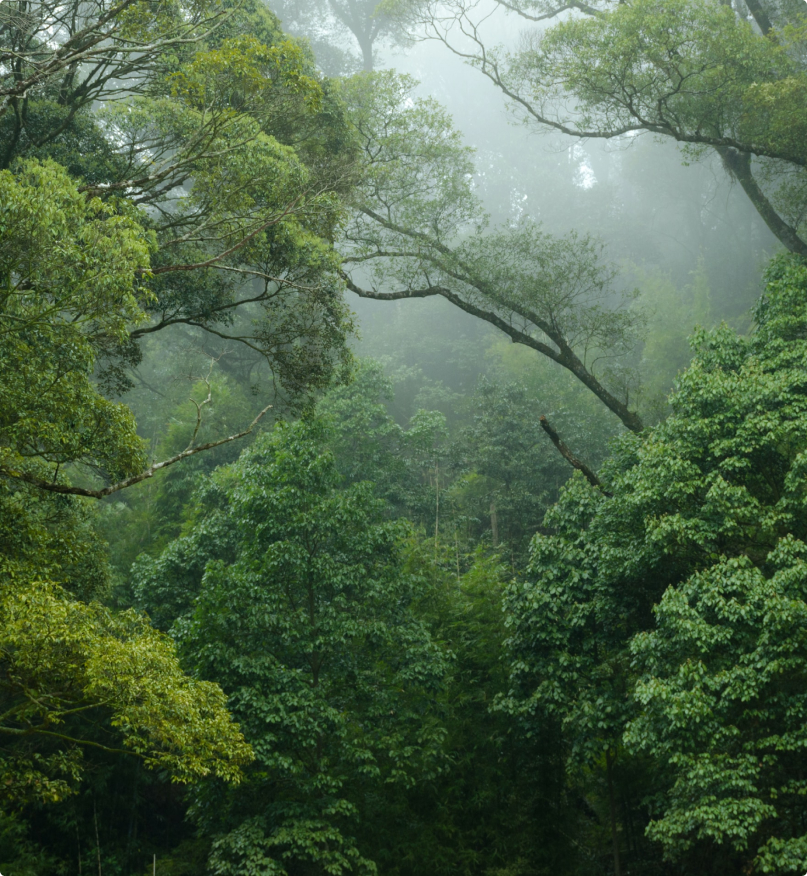
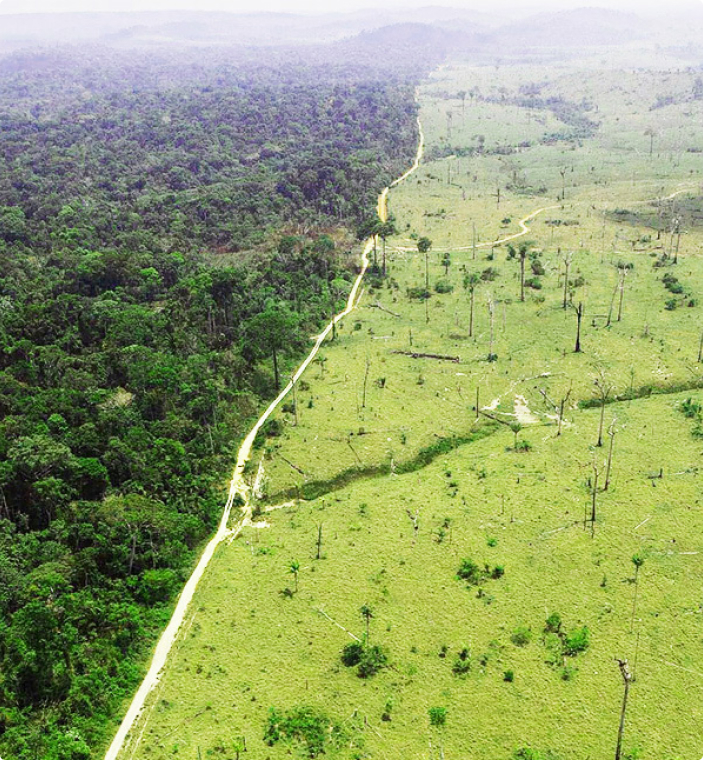
Halting tropical deforestation and allowing for regrowth could mitigate up to 50% of net global emissions through 2050. But stopping deforestation doesn’t just prevent emissions. Studies have shown that halting tropical deforestation and allowing for regrowth could mitigate up to 50% of net global carbon emissions through 2050. By protecting rainforest habitat for endangered species, Rainforest protection prevents carbon emissions and safeguards the planet’s resilience to climate change. Our conservation partners have protected over 33 million acres and the carbon stored within. Our conservation partners have reduced the emissions equivalent to every passenger vehicle currently on the planet. And we are not slowing down.
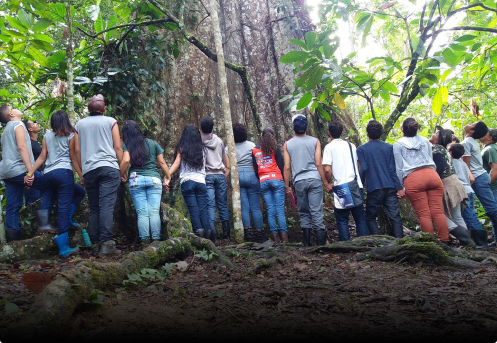

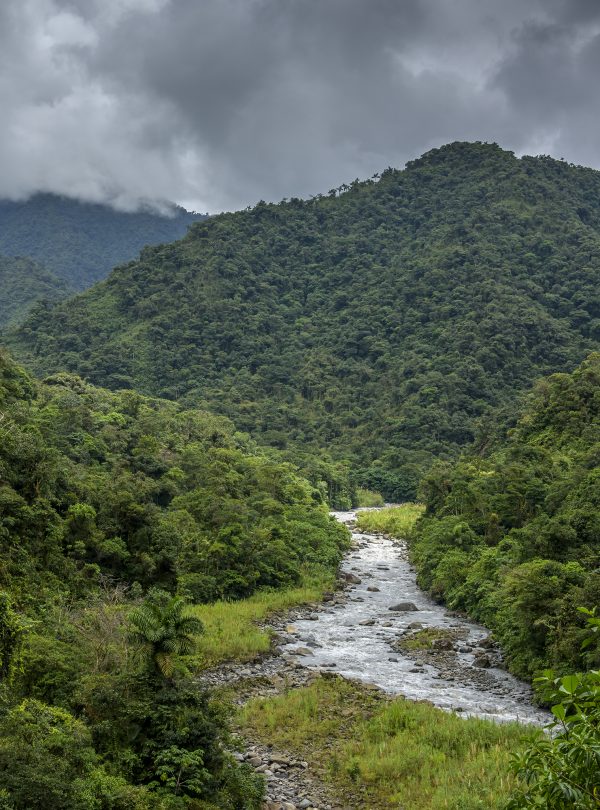
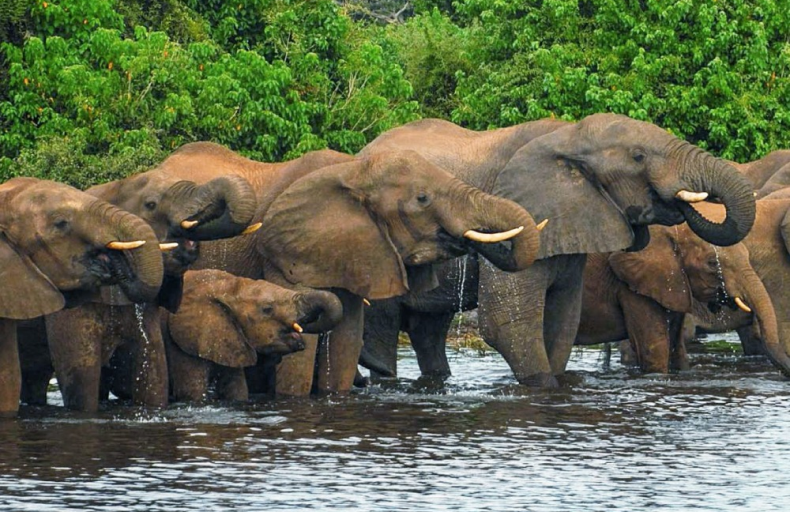

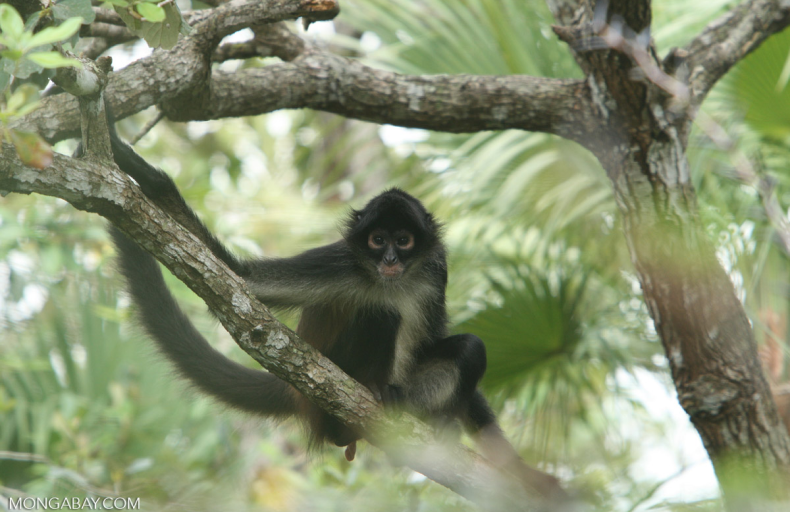
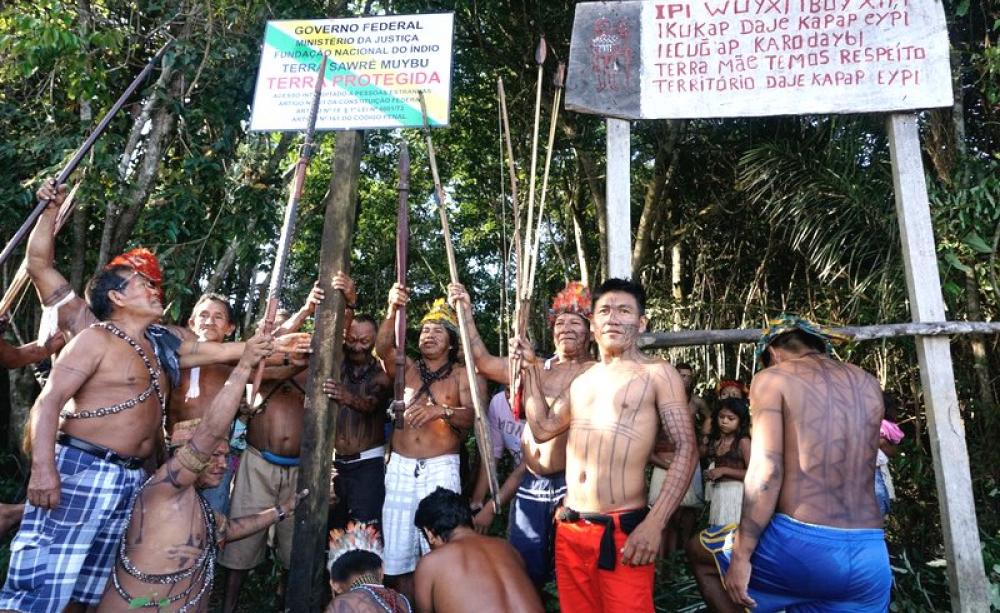
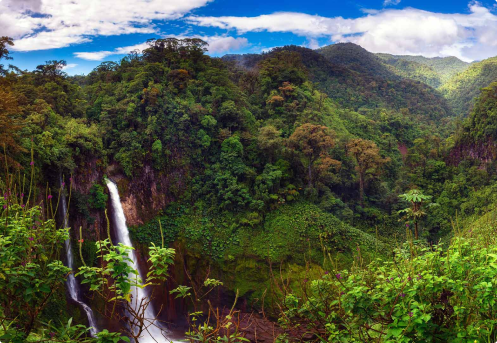
New science says land conservation must double by 2030 to prevent dangerous warming and unravelling of ecosystems.
RESOLVE, a non-profit group, recently published a new paper in Science Advances titled “A Global Deal For Nature: Guiding principles, milestones, and targets.”
This is the first science-based plan with clear milestones on why it’s vital to achieve these goals and how it could be done, says Eric Dinerstein, Director of Biodiversity and Wildlife Solutions at RESOLVE. It’s not widely understood that large areas of forests, grasslands, and other natural areas are needed to soak up carbon emissions, he adds. Intact forests, and especially tropical forests, sequester twice as much carbon as planted monocultures, for example.
“Every morsel of food, every sip of water, the air we breathe is the result of work done by other species. Nature gives us everything we need to survive,” says Enric Sala, a National Geographic Explorer-in-Residence and lead of the National Geographic Society’s work as part of the Campaign for Nature, a partnership with the Wyss Campaign for Nature to inspire the protection of 30 percent of the planet by 2030.
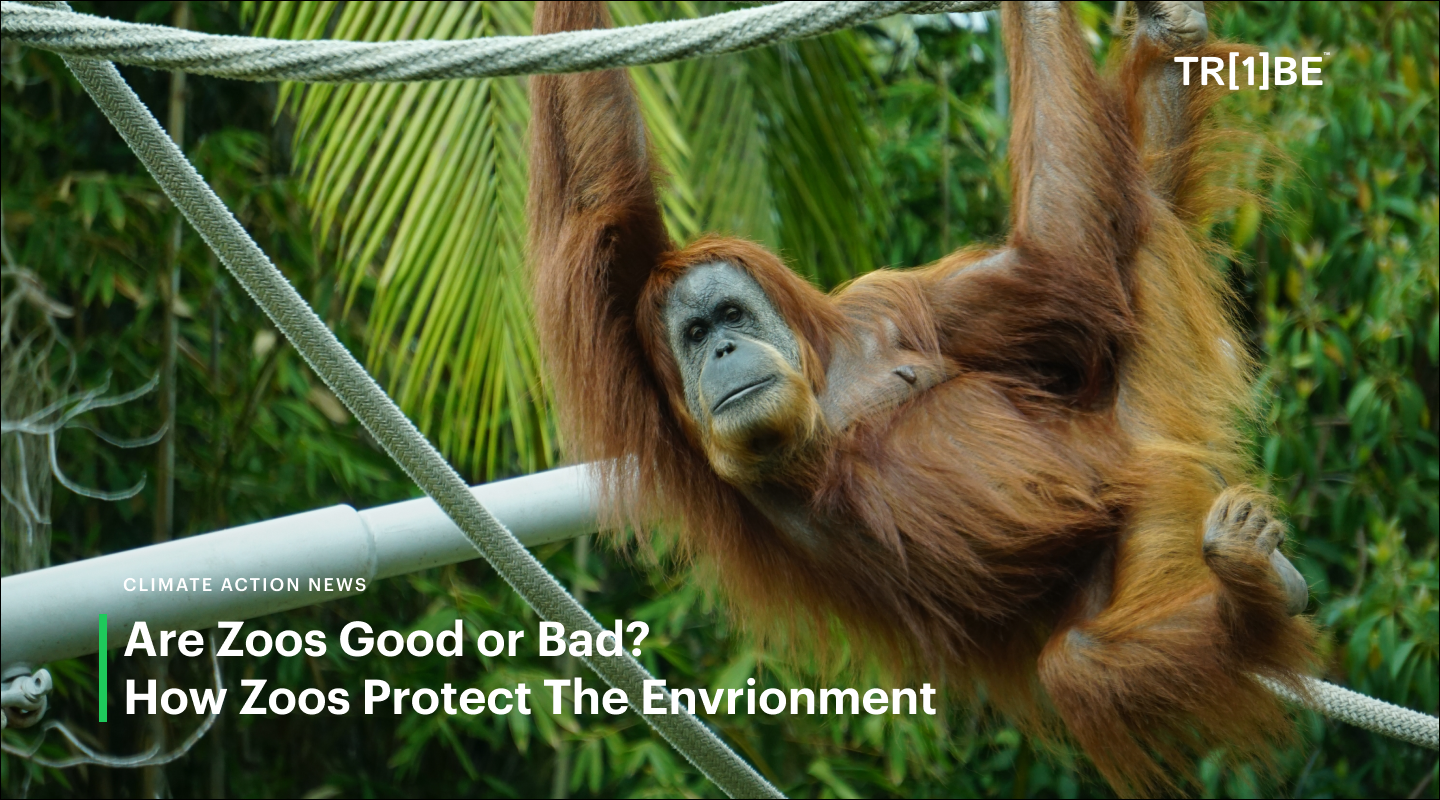
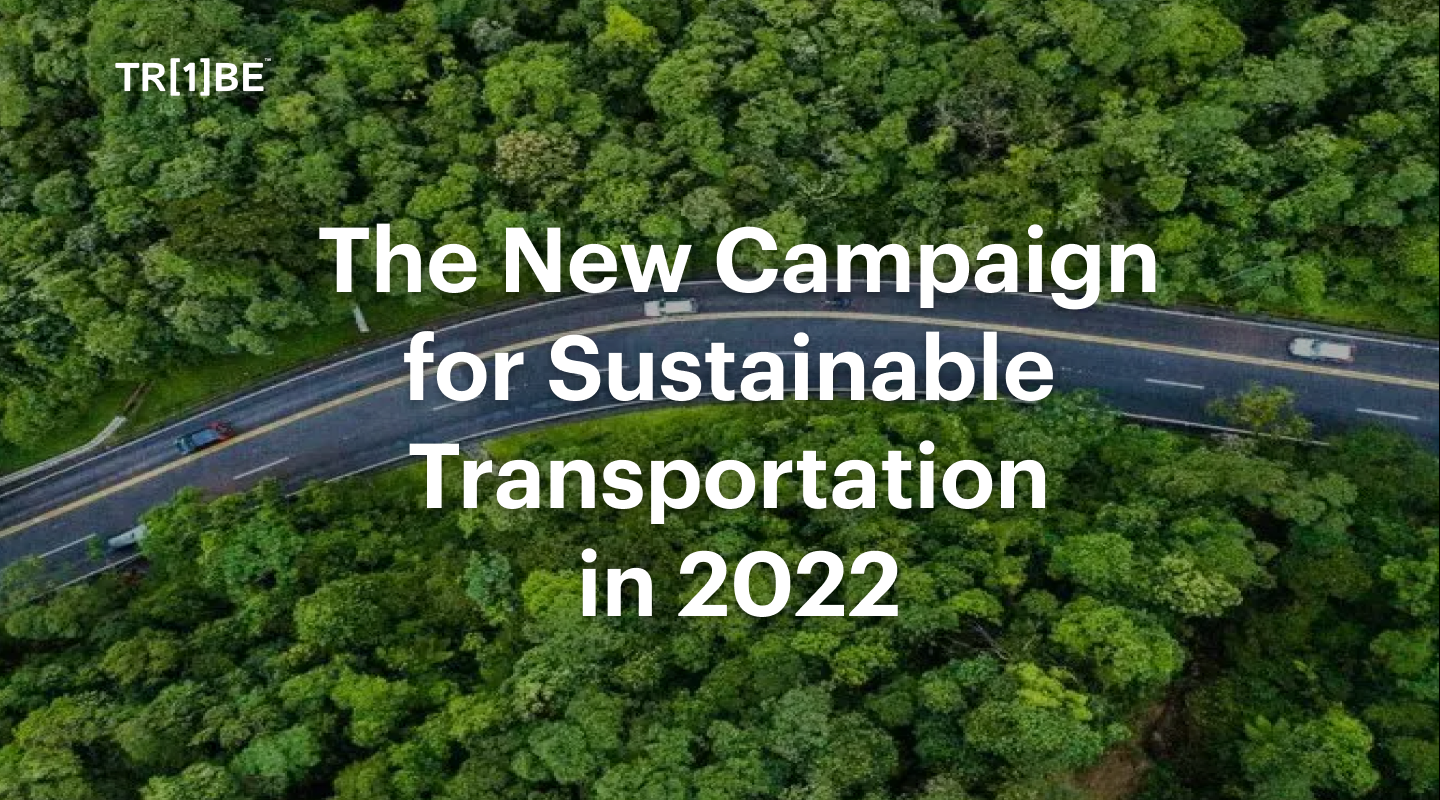
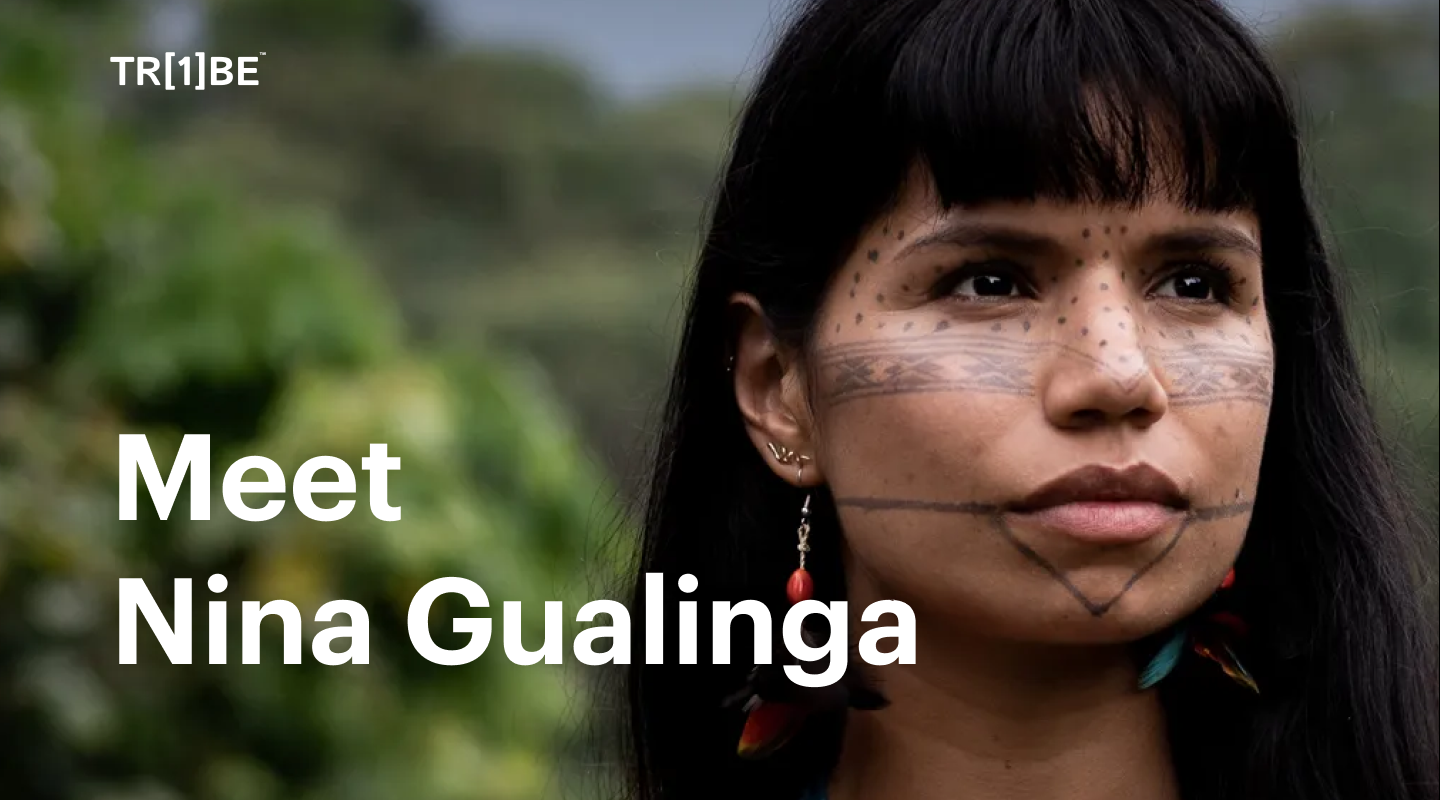
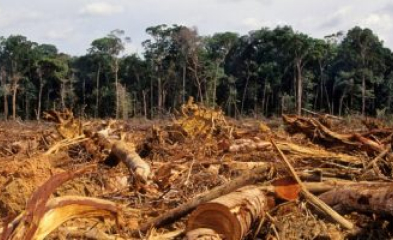
One Tribe is a Climate Action Platform enabling businesses and their customers to make a positive environmental impact.
Eric currently works as an independent consultant at the intersection of nature and climate, focused on catalysing market and non-market solutions to drive the just transition.
He previously was Head of Product at Earthshot Labs, supporting nature conservation and restoration projects across the global south secure project finance. Prior to Earthshot Labs, Eric led nature-based carbon project development for Gorongosa National Park in Mozambique and founded the Carbon Cooperative, a global alliance of leading nature conservation and restoration practitioners exploring carbon finance. After serving in the Peace Corps in Mozambique out of university, he spent much of his 20s working in community-based conservation and ecosystem restoration efforts in Sub-Saharan Africa interspersed with two startup ventures as co-founder and CEO of a mental health tech startup and COO of a sustainable coffee company. Eric has a dual Masters in Environmental Engineering and Environmental Policy from Stanford University where he was a NSF Graduate Research Fellow and a BS in Environmental Engineering from Tufts University.
Alan is a risk management thought-leader, superconnector, and FinTech pioneer. His mission is to enable an Earth Positive economy which includes nature in global accounting systems.
Alan is Founder of Generation Blue, a venture studio dedicated to planetary game changers powered by exponential technologies. Previously, Alan established Natural Capital Markets at Lykke AG, pioneering blockchain based forestry and carbon backed tokens. Alan has over two decades of risk management experience advising global financial institutions, and was a founding member of the RiskMetrics Group, a JPMorgan spin-off. Alan is an investor and advisor to regenerative impact ventures, including TreeBuddy.Earth, Regenativ, and Vlinder Climate.
Lori Whitecalf made history when she became the first woman to be elected Chief of Sweetgrass First Nation in 2011. She served three terms of office from 2011-2017.
Lori took a two-year hiatus from leadership to expand the family ranch and serve as the FSIN Senior Industry Liaison. She was re-elected on November 29. 2019 and again on November 30, 2021, as Chief of Sweetgrass. Chief Whitecalf practises a traditional lifestyle of hunting, fishing and gathering. She currently sits on the following boards: Saskatchewan Indian Institute of Technology, FSIN Lands and Resource Commission, Battle River Treaty 6 Health Centre and Battleford Agency Tribal Chiefs Executive Council, FSIN Women’s Commission.
Tina is the Chief Business Officer for MLTC Industrial Investments, the Economic Development arm of the Meadow Lake Tribal Council. She has a diverse background of experience. Having spent 15 years as a municipal Chief Operating Officer, 20 years involved in Saskatchewan’s Health Authority Board Keewatin Yatthe and 9 years with Northern Lights Board of Education.
She continues as a Board Member with Beaver River Community Futures supporting small business development in her home region. Tina brings a wealth of experience in a variety of fields and many connections to the Indigenous communities of Northern Saskatchewan. In addition Tina holds a BA Advanced from the U of S, a Certificate in Local Government Authority from the U of R and is certified as a Professional Economic Developer for Saskatchewan and a certified Technician Aboriginal Economic Developer (TAED).
Tootoosis’ career spans 40+ years in HRM, political leadership, and Indigenous economic development, as a dedicated bridge builder and advocate for Indigenous causes.
As a key member of the Saskatoon Regional Economic Development Authority (SREDA) team since 2021, he develops strategies for the Truth and Reconciliation Commission final report and Call to Action #92.
He is a graduate of the First Nations University of Canada and a certified Professional Aboriginal Economic Developer. Spearheading various community initiatives while serving as a Chair of the SIEDN while directing ILDII and WIBF. Founder of MGT Consulting Tootoosis is based in Saskatoon, Treaty Six Territory.
Cy Standing (Wakanya Najin in Dakota) has a long and distinguished career including serving overseas as an Electronics Technician in the Royal Canadian Air Force, former Chief of Wahpeton Dakota Nation, former Vice Chief of the Federation of Saskatchewan Indigenous Nations (FSIN), past Executive Director of Community Development Branch of the Department of Northern Saskatchewan as well as an Order in Council appointment to the Federal Parole Board.
Mr. Standing has served as a Director on many Profit and Non-Profit Corporate Boards, including serving as a Director for Affinity Credit Union with assets of over six billion dollars as well as IMI Brokerage and Wanuskewin and is currently a member of the One Tribe Indigenous Carbon Board.